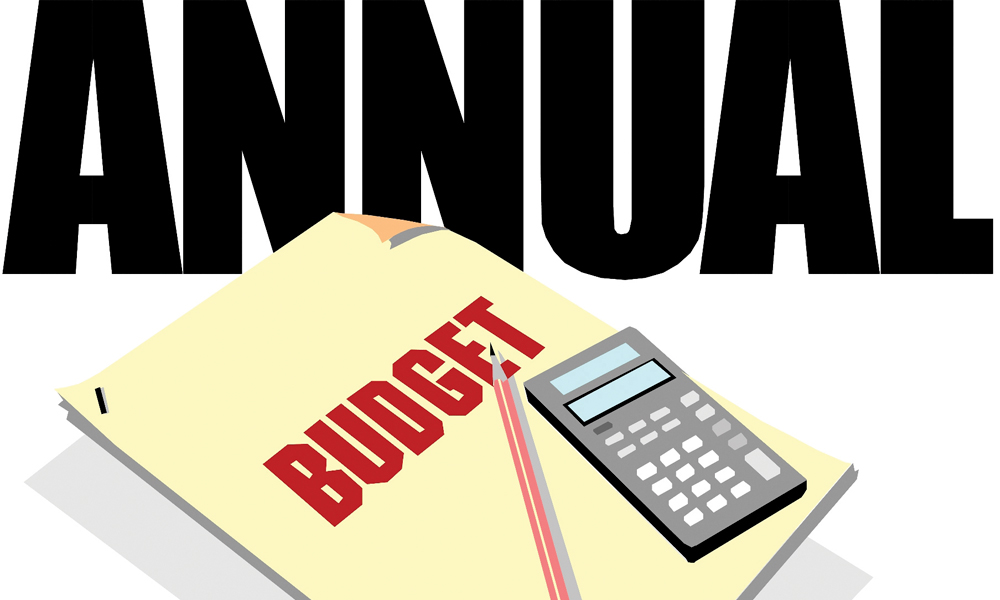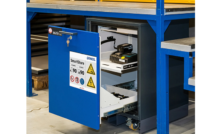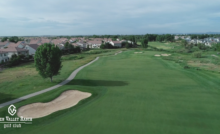Maintenance budgets: What NOT to cut


There’s no denying the importance of course maintenance, but in today’s market, most superintendents are faced with tightening budgets and have been forced to make tough decisions when it comes to maintenance costs. We all want to achieve the unattainable trifecta when it comes to maintenance: high-quality results at a fast pace and a low cost, but ultimately something has to give – so when you’re faced with a dwindling budget and nonnegotiable timing, how do you save as much quality as you can?
You’ve probably already worked your way through multiple lists of ways to cut back, and without a deep dive into your budget you can likely identify a few areas you’re willing to scale back on – but these decisions can come with a significant risk. Making cuts to save money today could land you with an even bigger financial burden down the road. To help you with the balancing act, here are my insights into maintenance budgets; highlighting the key areas even the most creative of superintendents simply cannot compromise on and why.
Labor
It’s natural instinct to reduce labor costs when your budget takes a hit; labor likely makes up the majority of your outgoing costs and trimming the fat, so to speak, can be a tempting approach. The biggest mistake you can make here is to eliminate staff that are engaged, motivated and most importantly experienced. Losing a skilled team member will have an immediate positive impact on your budget, but don’t be convinced of the long-term benefit. When you start to look for a cheaper, less experienced employee you’ll incur the costs associated with hiring and once you find a candidate, the lack of experience and dedication is likely to reduce efficiency and place unnecessary stress on your team, equipment and greens – all of which play a role in draining your budget.
Never underestimate the value of a well-trained, skilled and experienced workforce. So when the purse strings are pulled closed, the pressure is on and you’re left with no choice but to reduce headcount, fight to protect your best team members even if they’re not the cheapest – it makes financial sense.
Irrigation and Drainage
Water management can be a difficult and expensive challenge to tackle; this is particularly true for many courses that have suffered extended periods of drought recently – managing the damage and dealing with limited water availability, not to mention skyrocketing water costs, make an investment in a quality irrigation and drainage system an expensive necessity in today’s climate.
More sprinklers and more efficient coverage not only result in better playing surfaces, they enable water and energy conservation allowing you to better manage long-term costs. If you’ve already made the investment in a reliable system, do not eliminate system maintenance from your budget – a pump house and sprinkler maintenance schedule should remain in place so you can proactively identify any issues before they impact your course.
In addition to implementing regular checks, I implore you to review the products you’re using to ensure they are complementing the work of your systems. Different approaches can impact the root zone to help or hurt your irrigation practices and ultimately your bottom line. Which brings me to the next: product quality.
Product Quality
In any financially strained situation, brand loyalty is quick to go out the window – sometimes you just have to settle for the generic store brand version, but should the same apply to your course maintenance products?
First, you have to ensure you understand how your products are impacting the rest of your maintenance requirements. For example, if you’re using a ceramic topdressing mix, which creates porosity while also holding the mixture in the root, you’ll likely be saving money on hand watering, fertilizers and pesticides as a result of the ceramic mix profile. If you make a change for the sake of saving money on the product itself, you could be looking at steadily rising costs in other areas of your maintenance practice.
While it can be tempting to look for cheaper alternatives to some of the costly elements of your maintenance budget, it’s critical to look at the trickle effect of those changes. Making a big cut to save money initially, could lead to even higher costs in the future. Understanding the areas that simply are not worth the compromise can help you adjust your priorities and set a maintenance budget that works for you.
Jeff Langner, Business Manager, Profile Products
An expert in golf and sports field construction, renovation and maintenance, Jeff is a sought-after speaker with over 11 years experience in the industry. Currently serving as Business Manager for Profile Products’ Golf, Sports Field, and Landscape business, Jeff is a recognized educator and industry committee member.
Recent Posts
The Rare Condor: What It Means for Golf and the Course Maintenance Behind It
Imagine this: you're on a par-5, having just hit your second shot toward the green.…
DENIOS Under Bench Cabinet Provides Safe Storage of Lithium-Ion Batteries
DENIOS introduces asecos under bench cabinets for the safe storage of undamaged lithium-ion batteries. They…
True Blue Golf Club, One of America’s Top 100 Resort Courses, Acquires Steve Dresser Golf Academy
True Blue Golf Club has acquired the Steve Dresser Golf Academy, a renowned instructional facility…
Memphis Country Club: A Golfer’s Study in Precision and Tradition
If you have ever teed it up at Memphis Country Club, you know this isn’t…
Superintendents Online Turf Directory – EVERYTHING TURF
Our online directory, directory.GolfCourseTrades.com is the go-to resource for the busy superintendent. It is your opportunity…
Foley Company attains GCSAA Silver Partner Status
Foley Company, a leader in turf equipment innovation and technology, affirms its support of the…


